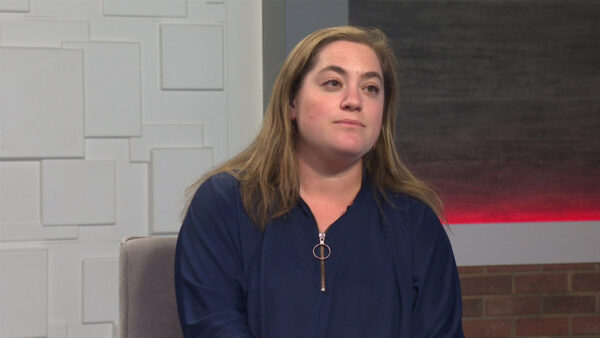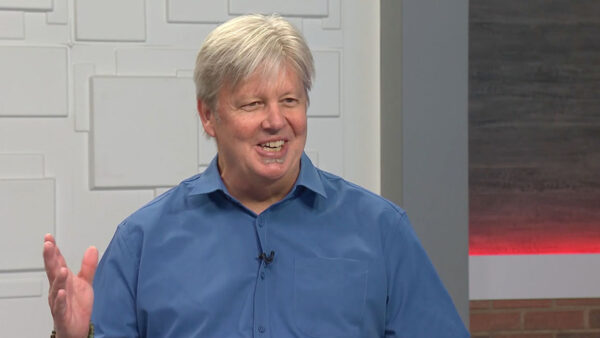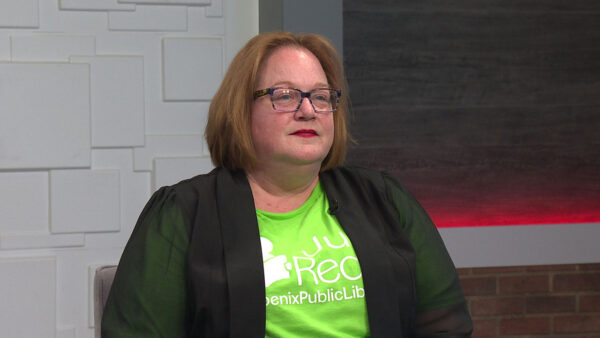James Webb Space Telescope: A look back in time
July 20, 2022
One of the goals of the James Webb Space Telescope is to look back at the universe as far as possible to better understand what happened right after the big bang. Regents Professor, Rogier Windhorst, at ASU’s School of Earth and Science was chosen by NASA as one of six Interdisciplinary Scientists in the world to work on the JWST.
Windhorst says that his jobs as an interdisciplinary scientist is to look at not only the science around him, but the science up above like different galaxies, black holes, stars and everything in between.
“We’re looking back in time to where our origins started after the big bang,” Windhorst said.
The JWST is creating a path way for scientists to see what is forming in the universe, and they’ve been making astounding discoveries, according to Windhorst.
“I saw, for a lack of better words, a cosmic circle of life. A cradle of cosmic star form, all the way from the beginning till today. We saw galaxies in formation, stars being formed, we saw stars dying and throwing out their outer layers,” said Windhorst.
The universe is ever lasting, which means there must be some sort of obstacle along the way when working on projects like this one. According to Windhorst, the universe is like a house of mirrors so finding your way around can be difficult, almost like navigating your way through a forest.
The JWST is bringing a new light to what our universe can do and this is the beginning of a new era, according to Windhorst.























